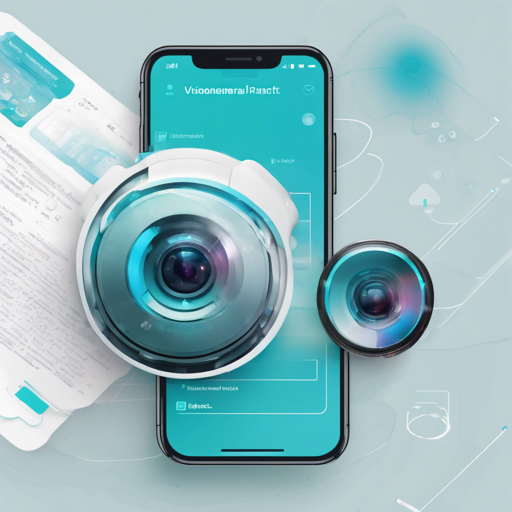If you’re looking to integrate a powerful camera functionality into your React Native application, look no further! VisionCamera is a high-performance camera library that ensures you have all the tools you need to capture photos, videos, and more. In this guide, we’ll walk you through the installation and basic usage of VisionCamera while also troubleshooting any potential issues you may face along the way.
Features of VisionCamera
Before diving into the installation process, let’s explore some of the standout features of VisionCamera:
- Photo and Video capture
- QR and Barcode scanner
- Customizable devices and multi-cameras (fish-eye zoom)
- Customizable resolutions and aspect-ratios (4K, 8K images)
- Customizable FPS (30..240 FPS)
- Frame Processors (JS worklets for facial recognition, AI object detection, real-time video chats, …)
- Drawing shapes, text, filters, or shaders onto the Camera
- Smooth zooming (Reanimated)
- Fast pause and resume functionality
- HDR and Night modes
- Custom C++ GPU accelerated video pipeline (OpenGL)
Installing VisionCamera
To get started with VisionCamera, you need to install it via npm. Open your terminal and run the following commands:
npm i react-native-vision-camera
cd ios
pod installAfter this, ensure you set up permissions for camera access to smoothly run your application.
Example Usage
Here’s a simple example of how to set up the camera in your application:
tsx
function App() {
const device = useCameraDevice(back);
if (device == null) return In this code snippet, we’re using the useCameraDevice hook to access the back camera. If the device is not available, we show an error view; otherwise, we render the camera component.
You can find more examples in the example app.
Troubleshooting Common Issues
While working with VisionCamera, you might encounter some common issues. Here are some troubleshooting ideas:
- No Camera Found: Ensure your device has a working camera and that the necessary permissions have been set up correctly.
- Performance Issues: Check if you are optimizing your camera settings, like resolution and FPS, to suit your device’s capabilities.
- Frame Processors Not Working: Double-check the installation of the frame processor project and ensure it’s correctly configured.
For more insights, updates, or to collaborate on AI development projects, stay connected with fxis.ai.
Explore More
If you’re curious about seeing VisionCamera in action, check out ShadowLens, a project showcasing the capabilities of the library. You can also explore additional documentation through the following resources:
Conclusion
At fxis.ai, we believe that such advancements are crucial for the future of AI, as they enable more comprehensive and effective solutions. Our team is continually exploring new methodologies to push the envelope in artificial intelligence, ensuring that our clients benefit from the latest technological innovations.

